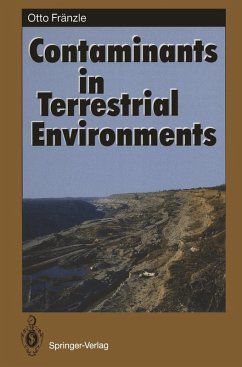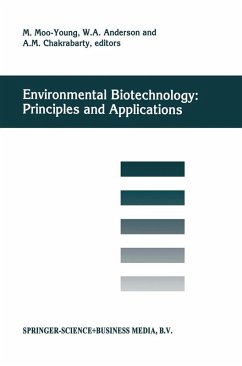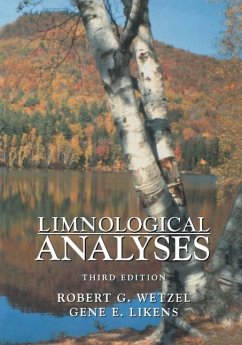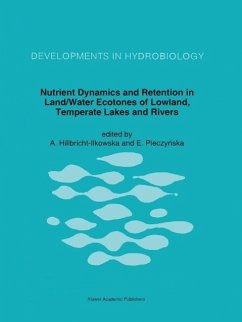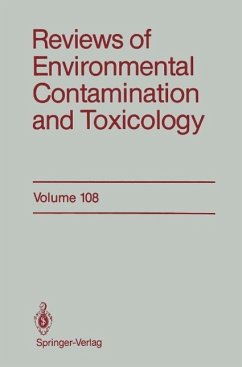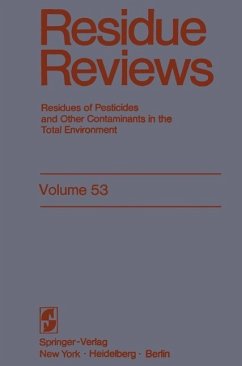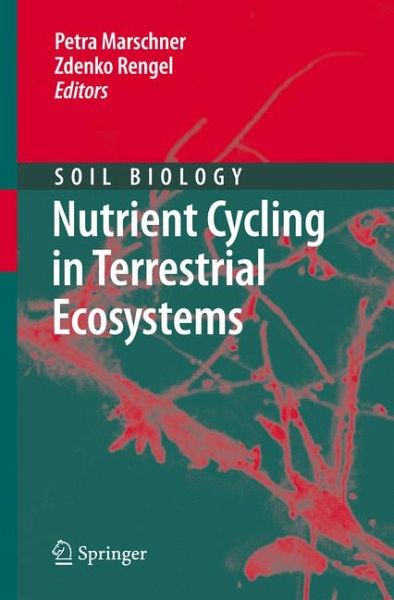
Nutrient Cycling in Terrestrial Ecosystems (eBook, PDF)
Versandkostenfrei!
Sofort per Download lieferbar
112,95 €
inkl. MwSt.
Weitere Ausgaben:

PAYBACK Punkte
56 °P sammeln!
Nutrient Cycling in Terrestrial Ecosystems presents a comprehensive overview of nutrient cycling processes and their importance for plant growth and ecosystem sustainability. The first part of the book presents the fundamentals of nutrient cycling. Topics included are cycling of carbon, nitrogen, phosphorus, sulphur and micronutrients. Particular attention is paid to the role of root exudates and rhizosphere microorganisms in facilitating nutrient cycling. The second part discusses nutrient cycling at an ecosystem scale, covering cropping systems, pastures, natural grasslands, arid lands, tund...
Nutrient Cycling in Terrestrial Ecosystems presents a comprehensive overview of nutrient cycling processes and their importance for plant growth and ecosystem sustainability. The first part of the book presents the fundamentals of nutrient cycling. Topics included are cycling of carbon, nitrogen, phosphorus, sulphur and micronutrients. Particular attention is paid to the role of root exudates and rhizosphere microorganisms in facilitating nutrient cycling. The second part discusses nutrient cycling at an ecosystem scale, covering cropping systems, pastures, natural grasslands, arid lands, tundras and forests. The final chapter reviews current models of nutrient cycling.
By comprehensively covering nutrient cycling at a range of scales and emphasising multidisciplinary approaches, this volume will support scientists and practitioners alike, providing links between those involved in improving sustainable economic output from managed ecosystems and those interested in conservation of natural ecosystems.
By comprehensively covering nutrient cycling at a range of scales and emphasising multidisciplinary approaches, this volume will support scientists and practitioners alike, providing links between those involved in improving sustainable economic output from managed ecosystems and those interested in conservation of natural ecosystems.
Dieser Download kann aus rechtlichen Gründen nur mit Rechnungsadresse in A, B, BG, CY, CZ, D, DK, EW, E, FIN, F, GR, HR, H, IRL, I, LT, L, LR, M, NL, PL, P, R, S, SLO, SK ausgeliefert werden.



